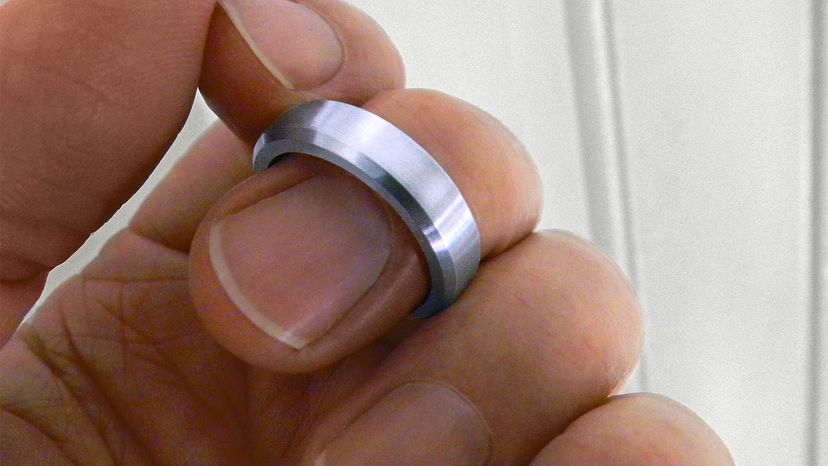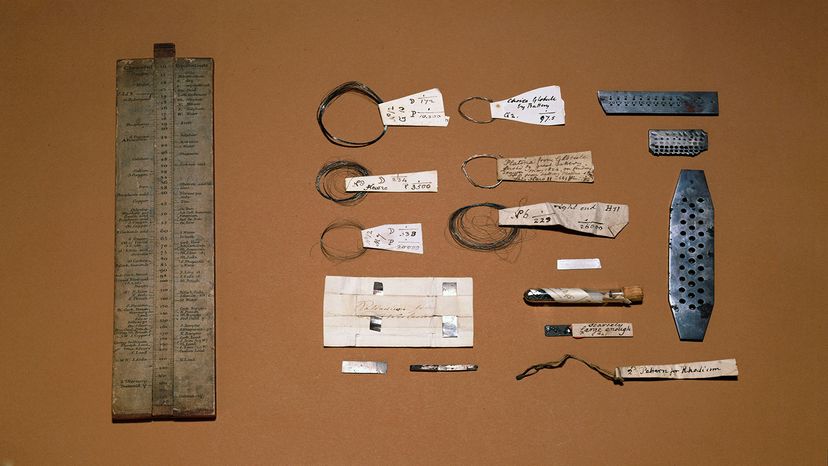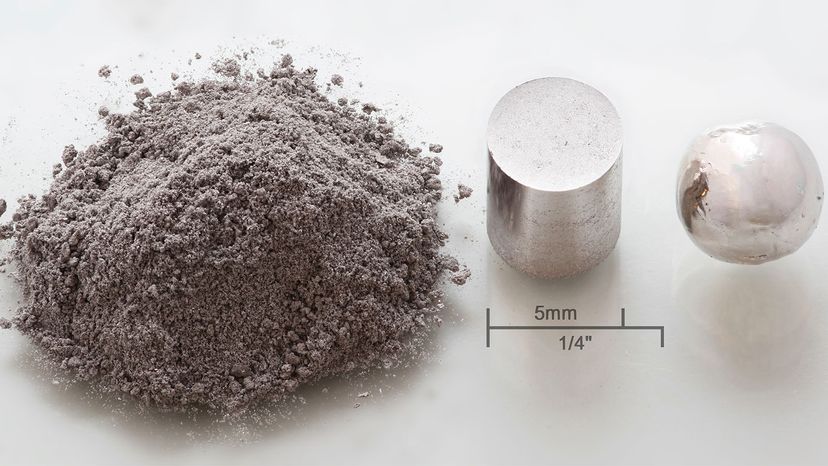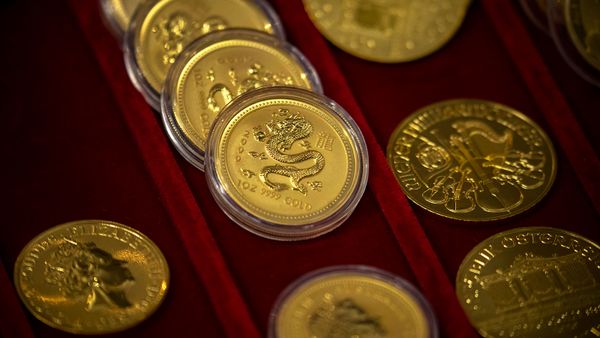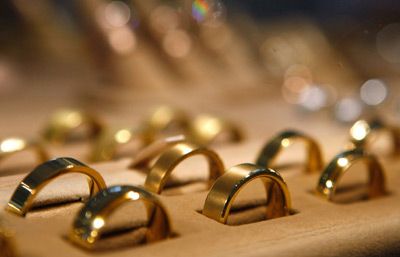Rhodium is an ultra-shiny, corrosion resistant metal that had become useful in many industries including the automobile, jewelry, chemical and electrical trades. According to Shaun Peterson, Gemological Institute of America (GIA) supervisor of jewelry manufacturing arts research and development, it's rhodium's scarcity and use that makes it so valuable.
"Its rarity and the large global demand due to the use in car manufacturing makes the rhodium price go up considerably," says Peterson. New regulations for cleaner emissions in the automobile industry, particularly in China and Europe, are most likely to blame for the increase in rhodium prices.
Today, the price of rhodium is $14,000 per ounce. Compare that to platinum at $959/ounce, palladium at $1,866/ounce or gold at $1,783/ounce.
Rhodium is never found in its purest form. Rather, it's almost always collected as a minuscule byproduct of platinum, copper and nickel refining.
If you want to go looking for rhodium, you better catch a plane to South Africa, the largest producer of rhodium by way of the country's massive platinum mining operations. You can also find it in river sands of North and South America, or in the copper-nickel sulfide ores in Ontario, Canada.
A Rose (Metal) by Any Other Name
Wollaston called one of the new metals rhodium — rooted in the Greek word for rose, "rhodon" — because of the reddish salts that had dissolved in the aqua regia. (Aqua regia is a yellow-orange, fuming liquid, so-named by alchemists because it can dissolve the noble metals gold and platinum.)
"Rhodium is a part of the platinum metals group, which is considered one of the noble metals," says Peterson.
Other Platinum Metals
There are six platinum group metals (PGMs):
- rhodium
- platinum
- palladium (discovered by Wollaston just a year before his discovery of rhodium)
- ruthenium
- iridium
- osmium.
They have similar characteristics and are most often found together in nature. Like gold and silver, they are also precious metals. "Some of the key traits that precious metals share are allure, workability, durability and rarity," notes Peterson.
